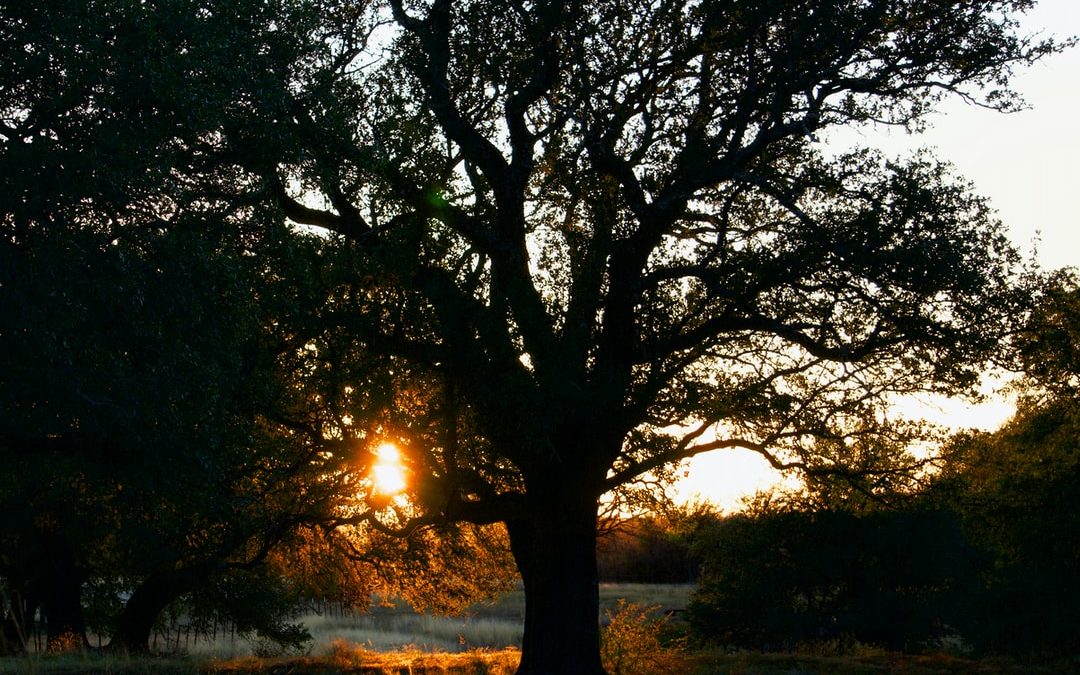Texas is a state rich in diverse flora, especially when it comes to our trees. To make sure trees are properly protected and taken care of, there are certain regulations in place in Texas.
As a homeowner, you’ll likely need a tree removed at some point. But, it’s important to be familiar with tree laws in Texas before you do anything drastic.
This quick guide will walk you through everything you need to know about Texas tree removal laws.
Tree Laws: The Basics in Texas
When trees become old, ill, or damaged, it may be time to remove them from your property. Damaged or diseased trees can present a major safety hazard, both for your family and your neighbors.
It’s best to hire a licensed arborist or tree professional to take care of any tree removals. These specialists can remove the tree and ensure the safety of the area surrounding the tree.
Is There a Law Against Cutting Down Trees?
There are Texas tree laws for every major city in the state. However, there are a few tree removal laws you should be aware of in the Katy area.
For starters, every tree removal will need a permit. Yes, tree removal at any residential or commercial property requires a permit in Katy, TX, and the surrounding areas.
When filing for a tree removal permit, you will also need a detailed landscaping plan. This plan should include sidewalks, street lights, roads, existing structures, and any above or below-ground utility lines and pipes.
Arborists are able to help you secure these important permits for you before they begin any tree removal.
Tree Trimming Laws
In some cases, you may run into problems with trees that overhang or block passageways. If the tree is on your property, it may be legally trimmed.
However, this law becomes dicey when it relates to a neighbor’s tree. Trees along borderlines are a frequent issue in the state of Texas. So, even though one neighbor may own the tree, its branches and roots could be encroaching on another’s property.
In general, trees that straddle the line between properties can only be cut down if both landowners consent to the removal. But, any branches of boundary trees may be trimmed if they fall into a neighbor’s property without consent from the tree owner.
However, you should note that the trimming must not cause damage to the tree or any of the landowner’s property. Also, branches can only be trimmed up to the property line.
Fallen Tree Law
Under fallen tree law, if a branch causes damages to any property, the tree owner is liable. That means, if you have a branch that falls into the neighbor’s yard due to negligence, it is your responsibility to handle the damages.
However, if a tree falls from natural causes (such as storms, lightning, etc.), the property owner where the tree has fallen is responsible for removal and damages.
Proper Tree Care Keeps Everyone Safe
Now that you know the basics of tree laws in Texas, you’ll know when tree removal needs to be handled. Working with an arborist can help save you time, money, and hassle. Additionally, all licensed arborists are familiar with any Texas tree laws.
Contact us today to schedule your tree removal or tree trimming. We’ll be sure your property (and your trees) stay safe and clear!

